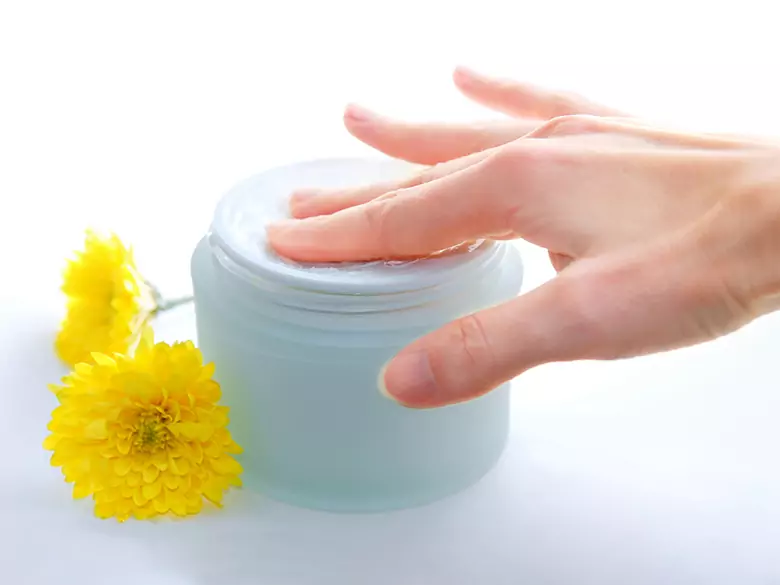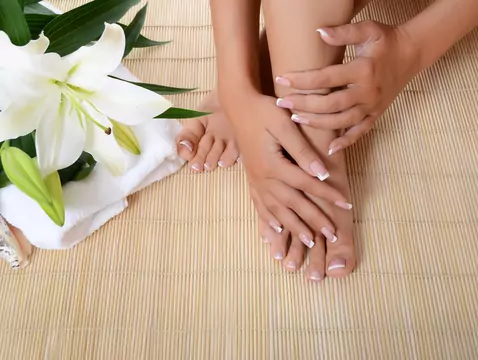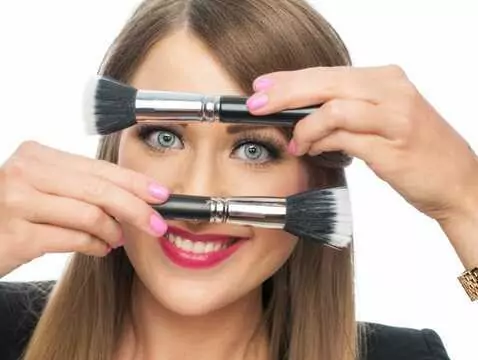For several years now, intensive research has been conducted in aesthetic medicine on the use of transplants of own cells to 'rejuvenate' the skin. During this year's International Congress of Aesthetic and Anti-Aging Medicine, which took place in September this year in Warsaw, considerable attention was devoted to this topic. Why does this method seem so interesting to us doctors...?
Firstly, because the patient's own material is always the safest; secondly, the constituent elements constituting the properties of the skin, such as collagen, elastin or hyaluronic acid , form very complex, interconnecting structures, and no injection preparation - not even from biocompatible hyaluronic acid or collagen - can fully replace the real molecules.
The first treatment of this type was the transplantation of the patient's own fibroblasts. Fibroblasts, are the most important cells in the dermis. They are the ones that produce the compounds that determine the appropriate mechanical and chemical properties of the skin: collagen, elastin, hyaluronic acid. The procedure for transplanting one's own fibroblasts proceeds as follows: the doctor takes a small piece of skin, which is then sent to the laboratory.

Pictured is the cell culture laboratory.
Fibroblasts are cultured from the extracted section. After 2-4 months, the cell solution is sent back to the practitioner, who injects it into the patient's skin.

Pictured: growing cultures of human fibroblasts derived
from a skin biopsy.
The procedure should be repeated. The results of ongoing clinical studies have shown that this type of treatment significantly restores skin elasticity and smooths wrinkles. The effects are much more permanent compared to previously used methods. Interestingly, transplanting the patient's own fibroblasts can also be used to treat scars or wounds that are difficult to heal.









